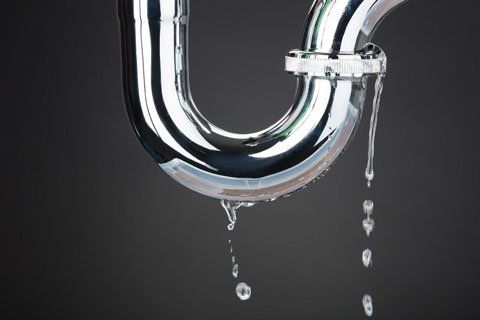6 Ways to Find Hidden Water Leaks in Your Home
6 Ways to Find Hidden Water Leaks in Your Home
Blog Article
Listed here in the next paragraph you can discover a good deal of amazing information and facts about Detecting hidden plumbing leaks.

Early discovery of leaking water lines can reduce a prospective catastrophe. Aside from saving you cash, it will reduce the aggravation and frustration. The minute you discover a leak, calling your plumber for fixings is the most effective service. Some little water leaks might not be visible. If you can not detect it with your nude eyes, below are some hacks that aid.
1. Check Out the Water Meter
Every home has a water meter. Examining it is a guaranteed manner in which helps you uncover leaks. For beginners, switch off all the water sources. Make sure no one will purge, use the faucet, shower, run the cleaning maker or dish washer. From there, go to the meter and watch if it will change. Given that no person is using it, there need to be no movements. That shows a fast-moving leak if it moves. Similarly, if you identify no changes, wait a hr or two and check back once again. This indicates you may have a sluggish leak that could even be below ground.
2. Inspect Water Consumption
Analyze your water expenses and track your water intake. As the one paying it, you must notice if there are any kind of disparities. If you identify sudden changes, despite your usage being the same, it indicates that you have leaks in your plumbing system. Keep in mind, your water bill must fall under the exact same array each month. An abrupt spike in your bill suggests a fast-moving leak.
A steady increase every month, even with the same habits, reveals you have a slow-moving leakage that's additionally gradually rising. Call a plumber to completely check your residential property, particularly if you feel a warm location on your floor with piping underneath.
3. Do a Food Coloring Examination
When it comes to water intake, 30% comes from bathrooms. If the shade somehow infiltrates your bowl throughout that time without flushing, there's a leakage between the storage tank and also bowl.
4. Asses Exterior Lines
Do not fail to remember to check your exterior water lines as well. Should water leak out of the link, you have a loose rubber gasket. One tiny leakage can squander tons of water and also surge your water bill.
5. Check and Assess the Situation
House owners should make it a routine to examine under the sink counters and even inside closets for any bad odor or mold and mildew development. These two red flags suggest a leakage so prompt attention is needed. Doing regular inspections, even bi-annually, can save you from a significant issue.
Extra importantly, if you know your house is currently old, keep a watchful eye on your heaters, hose pipes, pipelines etc. Look for discolorations and also compromising as a lot of pipelines and also home appliances have a life span. They will certainly additionally naturally weaken because of tear and wear. Do not wait for it to rise if you think leaking water lines in your plumbing system. Call a professional plumber as soon as possible so you don't wind up with a horrible mess in your home.
Early discovery of dripping water lines can reduce a prospective calamity. Some tiny water leaks might not be noticeable. Examining it is a surefire way that assists you discover leaks. One tiny leak can squander heaps of water and also increase your water bill.
If you suspect leaking water lines in your plumbing system, don't wait for it to escalate.
WARNING SIGNS OF WATER LEAKAGE BEHIND THE WALL
PERSISTENT MUSTY ODORS
As water slowly drips from a leaky pipe inside the wall, flooring and sheetrock stay damp and develop an odor similar to wet cardboard. It generates a musty smell that can help you find hidden leaks.
MOLD IN UNUSUAL AREAS
Mold usually grows in wet areas like kitchens, baths and laundry rooms. If you spot the stuff on walls or baseboards in other rooms of the house, it’s a good indicator of undetected water leaks.
STAINS THAT GROW
When mold thrives around a leaky pipe, it sometimes takes hold on the inside surface of the affected wall. A growing stain on otherwise clean sheetrock is often your sign of a hidden plumbing problem.
PEELING OR BUBBLING WALLPAPER / PAINT
This clue is easy to miss in rooms that don’t get much use. When you see wallpaper separating along seams or paint bubbling or flaking off the wall, blame sheetrock that stays wet because of an undetected leak.
BUCKLED CEILINGS AND STAINED FLOORS
If ceilings or floors in bathrooms, kitchens or laundry areas develop structural problems, don’t rule out constant damp inside the walls. Wet sheetrock can affect adjacent framing, flooring and ceilings.
https://www.servicemasterbyzaba.com/blog/how-to-detect-water-leakage-in-walls/

As a serious reader about Finding hidden leaks, I was thinking sharing that blog post was essential. Are you aware of another person who is inquisitive about the niche? Be sure promote it. I am grateful for your time. Don't forget to stop by our blog back soon.
Report this page